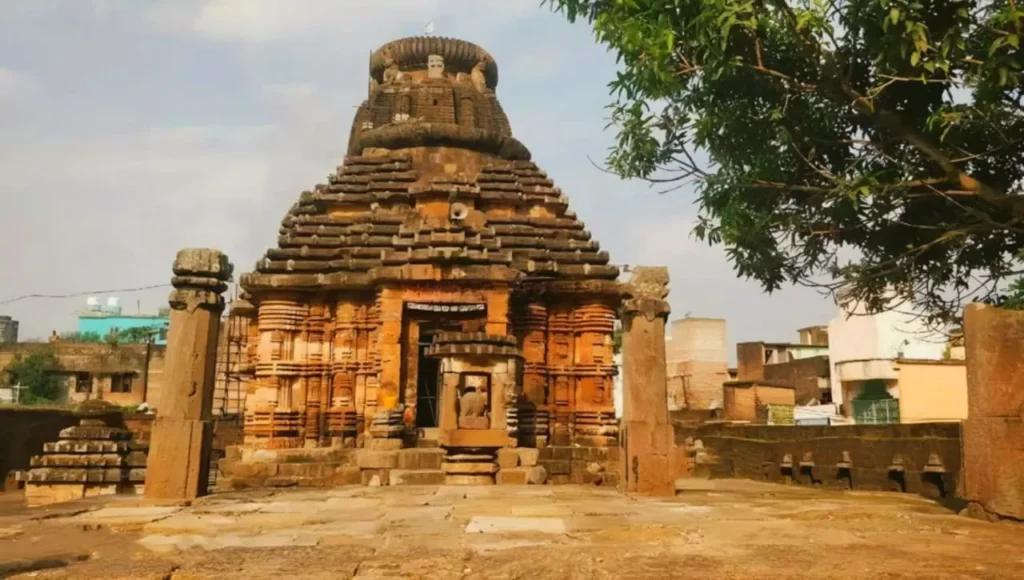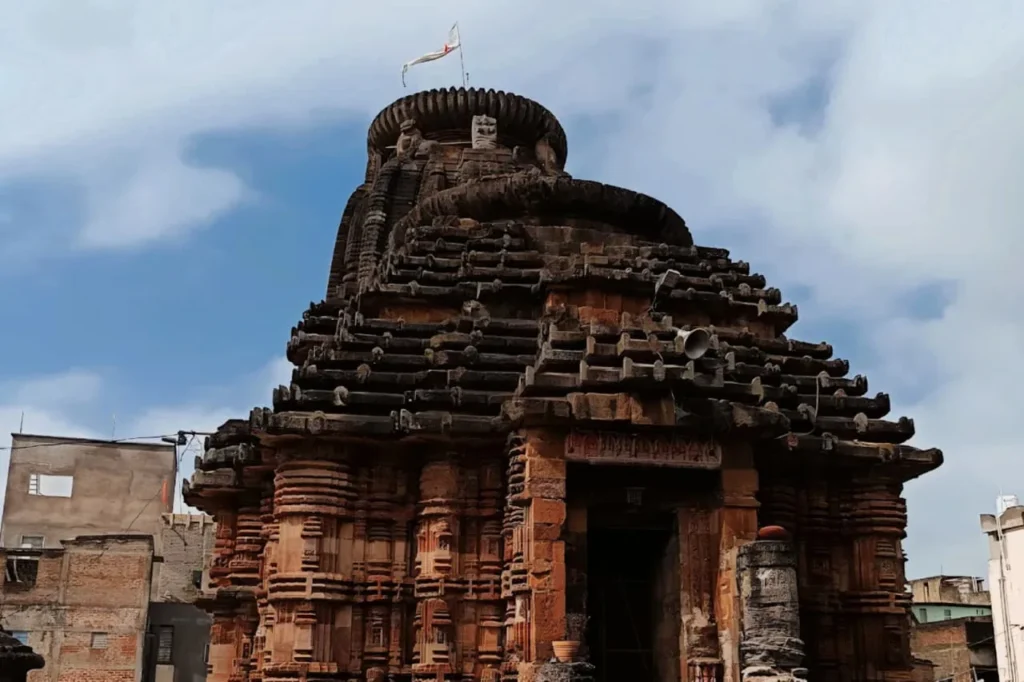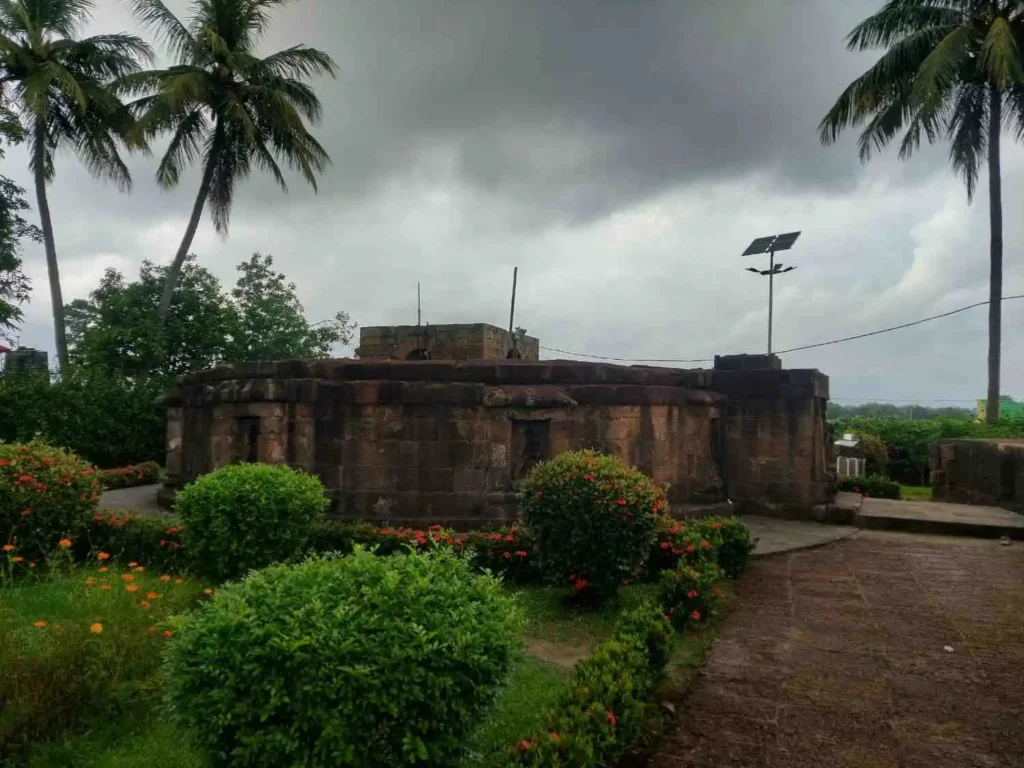
Table of Contents
When you walk through the spiritual lanes of Bhubaneswar, the City of Temples, you’re bound to come across marvels steeped in mythology and ancient grandeur. For instance, among them, one such lesser-known yet historically significant site is the Yameshwar Temple—a temple that carries the legacy of Lord Yama, the god of death, and the influence of Shaivism through the ages.
Moreover, this blog will take you on a detailed journey through the past and present of the Yameshwar Temple Bhubaneswar. In fact, it will uncover its religious importance, architectural brilliance, and the captivating legends that surround it. Furthermore, as a result of centuries of spiritual devotion, this temple stands as a symbol of Bhubaneswar’s evolving religious heritage. Therefore, whether you’re a heritage enthusiast or a spiritual seeker, this destination offers something profound. In conclusion, exploring Yameshwar Temple is more than a visit—it’s a journey into Odisha’s sacred heart.Introduction to Yameshwar Temple
The Yameshwar Temple is a large and architecturally rich temple located in a spacious compound just south of the Bharati Matha (locally known as Bada Matha) in Bhubaneswar, Odisha. Historically, it is believed to have been built during the reign of King Narasimha Deva I. Consequently, the temple echoes the architectural elegance of the great Konark Sun Temple, though its dedication is to Lord Shiva.
Interestingly, according to the Ekamra Purana, the temple was built by Lord Yama himself, making it one of the few temples in India connected with the god of death in such a profound and spiritual way.Architectural Brilliance of Yameshwar Temple
Structure and Layout
The temple comprises two main structures:
- Vimana (Sanctum Sanctorum)
- Jagamohana (Assembly Hall)
Moreover, it is built on a high plinth, similar to the renowned Ananta Vasudeva Temple. Between the Jagamohana and the remnants of what was once the Nata Mandira (Dance Hall), you can find the stump of Vrisha Stambha—reminiscent of the Aruna Stambha found at Konark.
However, though the Nata Mandira no longer stands in full glory, the remaining plinth tells tales of the temple’s majestic past.
Historical and Spiritual Significance
- Granting land for Vyakarana (Sanskrit grammar) studies
- Ensuring Siva Nirmalya (ritual remnants) offerings
- Performing Yajnas
- Leading a Matha (monastery)
People Also Ask (FAQ)
1. Who built the Yameshwar Temple in Bhubaneswar?
2. Why is the Yameshwar Temple important?
3. What architectural style does the Yameshwar Temple use?
4. Is the Yameshwar Temple still active for worship?
5. Where is Yameshwar Temple located?
How to Reach Yameshwar Temple
As a result, plan your visit with ease
- Nearest Airport: Biju Patnaik International Airport (Approx. 5 km)
- Nearest Railway Station: Bhubaneswar Railway Station (Approx. 4 km)
- Local Transport: Easily accessible via auto-rickshaws, cabs, and local buses


